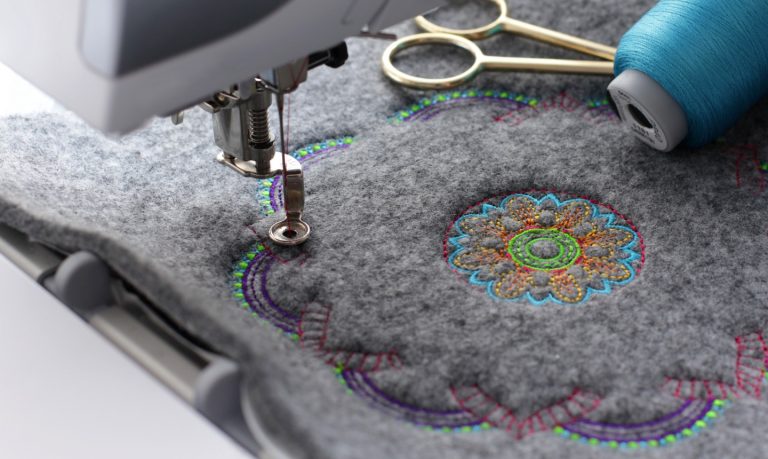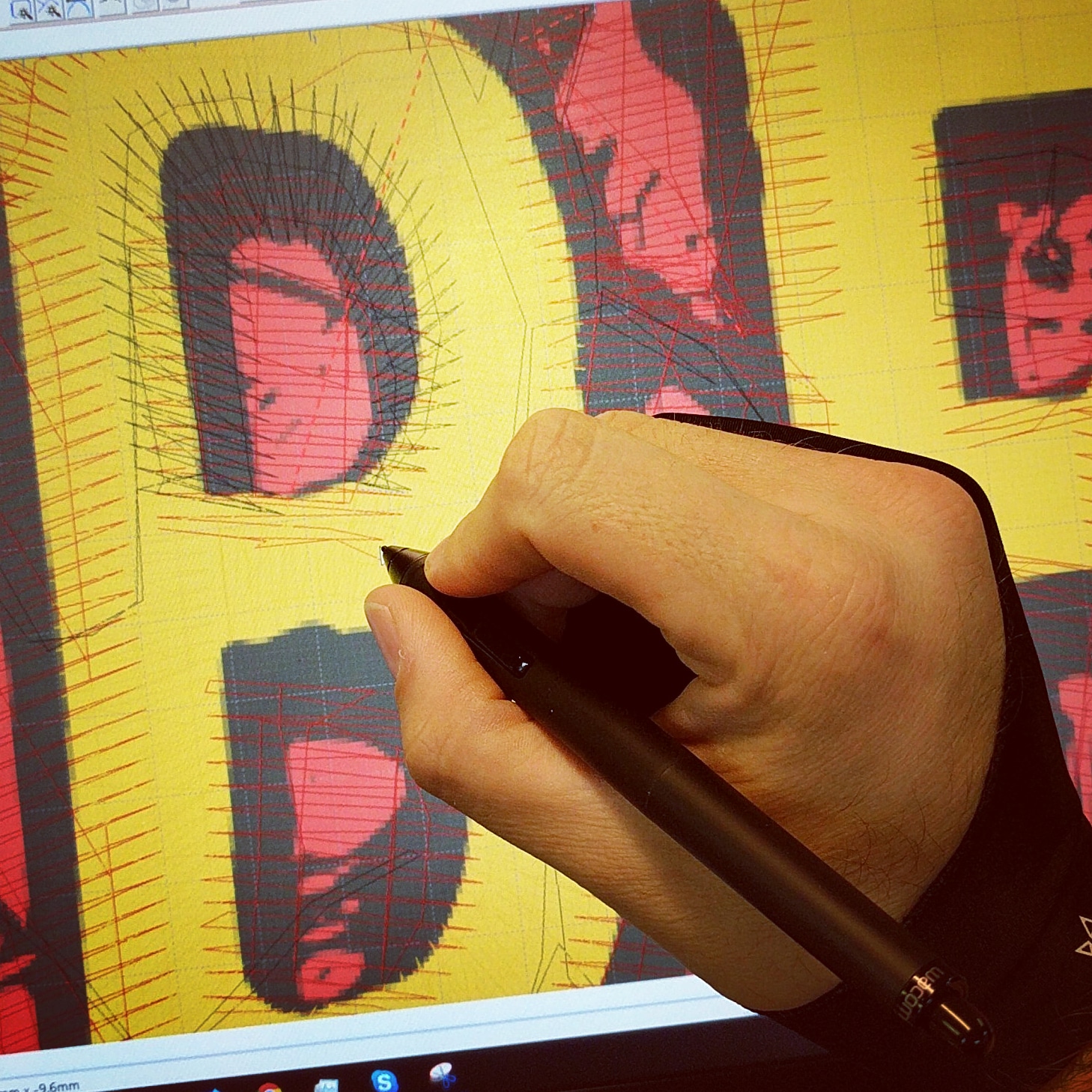Simplifying the Art of Embroidery Digitizing: Step-by-Step Guide
As modern technology continues to breakthrough, the digitization procedure has actually become much more obtainable, enabling lovers to bring their intricate layouts to life with convenience. In this guide, we will certainly decipher the complexities of embroidery digitizing, breaking down each action carefully to enhance the procedure and encourage both beginners and seasoned embroiderers alike.
Comprehending Needlework Digitizing Software Program
Needlework digitizing software program functions as a critical tool for transforming complex designs right into electronic styles compatible with needlework devices, promoting accurate sewing and modification. This specific software program permits individuals to import various photo data layouts, such as JPG or PNG, and convert them into needlework machine-readable styles like DST, EXP, or PES - Digitizing for Embroidery. By utilizing attributes like stitch modifying, underlay alternatives, and string shade choice, digitizing software application allows users to regulate every element of the layout process
Furthermore, advanced needlework digitizing software program offers devices for developing complex styles, readjusting stitch thickness, and including detailed information. Customers can additionally sneak peek the layout prior to stitching it out, making sure precision and minimizing errors. Furthermore, many software application offer automated features that help enhance the digitizing process, saving effort and time.
Recognizing the abilities of needlework digitizing software application is crucial for accomplishing top quality lead to needlework jobs. By understanding this device, embroidery lovers and experts can release their creativity and bring detailed layouts to life with precision and effectiveness.

Choosing the Right Style Documents
After familiarizing yourself with the capabilities of embroidery digitizing software application, the following important step in the process is picking the right style documents for your task. Digitizing for Embroidery. When choosing a style documents for needlework digitizing, it's necessary to take into consideration the intricacy of the style, the dimension of the last item, and the sort of fabric you will be collaborating with
For detailed designs with great information, a high-resolution photo or vector documents is recommended to guarantee that the needlework maker can precisely replicate the style. In addition, the size of the end product plays a considerable duty in selecting the best layout data. Bigger designs might require greater resolution data to maintain quality and intensity.
Moreover, the sort of fabric you will certainly be embroidering on influences the selection of style data. Different fabrics may need changes in the style file to guarantee that the stitches are effectively lined up and the style looks like planned. By carefully picking the ideal design data based on these variables, you can set yourself up for an effective needlework digitizing procedure.
Digitizing Tools and Techniques
Making use of specialized software application and accuracy techniques, digitizing devices are essential in changing elaborate layouts right into embroidery-ready data. Needlework digitizing software, such as Wilcom, Hatch, or Embrilliance, provides the required platform to convert artwork into stitch data. These programs provide functions like stitch editing and enhancing, rug choices, and text devices to make certain the design converts perfectly onto material.
One of the crucial strategies in digitizing is creating a clear path for the needlework equipment to follow. This includes digitizing each element of the design with accuracy, determining stitch kinds, thickness, and directions. By utilizing tools like digitizing tablet computers or software-specific plugins, embroiderers can accomplish a high degree of accuracy in their digitized layouts.
Additionally, understanding the art of underlay stitching is critical for creating quality needlework. Underlay stitching maintains the fabric and produces a structure for the layout, ensuring that the final product is both aesthetically appealing and resilient. By recognizing these digitizing devices and techniques, embroiderers can raise their craft and bring elaborate styles to life with accuracy and effectiveness.
Personalizing Stitch Kinds and Instructions
The option of stitch types can significantly impact look at these guys the total appearance and structure of the stitched design. By purposefully integrating these stitch kinds, embroiderers can achieve deepness and dimension in their layouts.
Additionally, the direction of stitches plays a crucial duty in improving the visual allure of the last needlework. Diverse stitch directions can include texture, emphasize particular elements, and develop aesthetic interest. Transforming the angle of stitches can mimic activity or natural patterns like hair or feathers. By explore different stitch angles and patterns, embroiderers can bring their styles to life with impressive information and complexity. Grasping the art of customizing stitch types and directions empowers embroiderers to unleash their imagination and raise the high quality of their work.
Screening and Refining Your Digitized Layout
To ensure the precision and top quality of your digitized layout, thorough testing and refinement are important steps in the needlework digitizing procedure. Once you have actually finished the digitization of your style, it is essential to check it prior to proceeding with the real embroidery. Checking permits you to recognize check my reference any type of potential problems such as thread breaks, stitch thickness problems, or style distortions that may impact the outcome.

After testing, it is very important to improve your digitized design based on the comments from the examination sew-out. This may include tweaking sew setups, adjusting densities, or making modifications to the general design to attain the preferred outcome. By repeating with testing and improvement, you can tweak your digitized design to excellence prior to moving forward with the real needlework procedure.
Final Thought
Finally, understanding the art of embroidery digitizing calls for a comprehensive understanding of the software application, picking the ideal design documents, using digitizing devices and methods, customizing stitch kinds and instructions, and testing and improving the digitized style. By following these actions, embroiderers can this link simplify the digitizing procedure and create top quality stitched designs with accuracy and effectiveness.